የ10-ወር ሕፃን
የ10-ወር ሕፃን
Your increasingly active, mobile baby is out to explore anything and everything he can. Let him satisfy his curiosity, but keep a close eye on him in the process.
ዋና ርዕሶች
ዋና ነጥቦች
If your baby seems like he’s on a mission of seek and destroy, you’re not imagining things.
Most babies this age are preoccupied with getting into things they shouldn’t be getting into and getting out of things they shouldn’t be getting out of.
Crawling, standing up, cruising and even walking may be on your baby’s agenda this month. And don’t be surprised if separation anxiety starts full-force in your 10-month-old too.
Here’s what else you can expect in month 10.
Your 10-month-old baby's development
Month 10
Baby’s Development

Great physical advances mean there’s no surface too high or cabinet too deep to deter your 10-month-old.
Your baby’s desire for discovery — and perhaps his ability to crawl, cruise or even walk unassisted — can lead to some serious exploration. So be sure to keep a watchful eye on your little daredevil.
Other developmental milestones you may see your baby reach this month include waving bye-bye, playing patty-cake and blowing kisses.
Along with new skills and burgeoning independence comes a whole new attitude: I want to be in charge of me!
Don’t be surprised if this shift results in some major meltdowns, especially during transition times — like when you walk in the door from work or when it’s bedtime.
Babies this age may also suddenly start to show signs of separation anxiety. When just a few months ago, they weren’t fazed by you leaving the room, now they may get upset and cry if you walk away or try to leave them with someone else. Don’t worry. It’s a totally normal part of their development.
At a Glance

Sleeping basics
At this age, babies typically sleep about 11 hours at night (many straight through) and take two daily naps that add up to three to four hours.

Feeding basics
Baby should eat ¼ to ½ cup each of grains, fruit and veggies, ¼ to ½ cup of dairy foods, and ¼ to ½ cup of protein foods two to three times a day. You can still offer 24 to 30 ounces a day of breast milk or formula too.
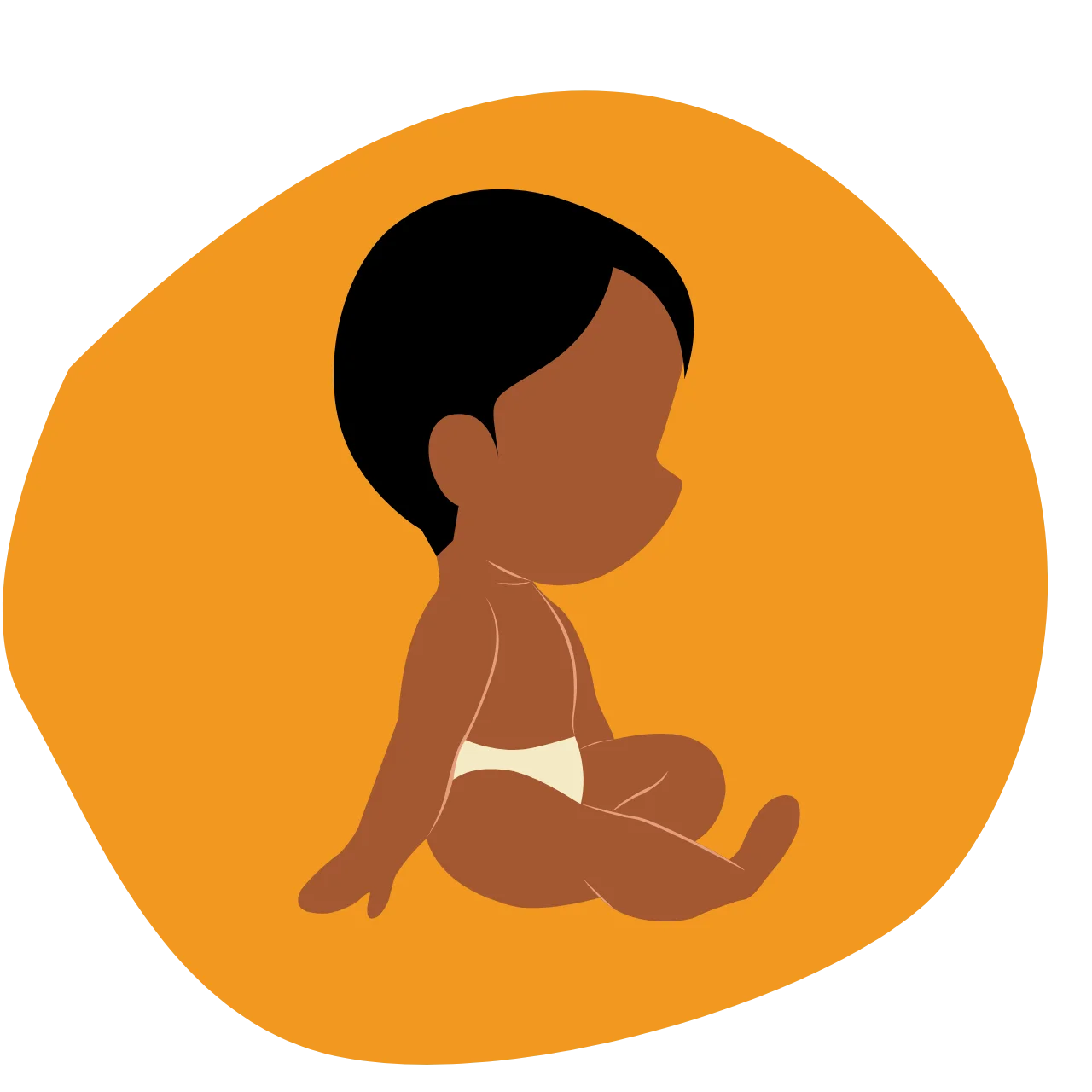
Did you know?
Your baby may start exhibiting some pretty strange behaviors around now, including head banging, rocking, rolling, teeth grinding and hair pulling. They're often triggered by stressful situations, like overstimulation or a change in routine.
Your 10-month-old baby's growth

With so much ground to cover, your energizer bunny is probably more interested in exploring than eating (or anything else) these days.
But don’t worry if your formerly voracious eater suddenly turns up his nose at lunch or starts taking in less breast milk and formula. As his growth (finally) starts to slow, his appetite will decrease too.
He may also become more of a choosy and picky customer when it comes to food, but that’s just his way of asserting independence in the high chair.
Remember, there are plenty of tactics to tempt picky eaters, so try them all, but most importantly, muster as much patience as you can and keep offering healthy fare. He’ll likely cave eventually.
On the feeding horizon, too, will be starting the process of weaning your little one from the bottle if he takes one. Experts agree that weaning from the bottle by around 12 months — or as soon as possible after the first birthday (and by 18 months at the latest unless otherwise advised by the pediatrician) — is best for your baby.
That’s not only because it’s easier to wean a fairly flexible 1-year-old compared to a strong-willed 2- or 3-year-old, but also because continued bottle usage isn’t healthy for baby’s teeth (falling asleep with the bottle or sucking on it for much of the day allows liquids to bathe teeth in sugar, with cavities the potential result).
What’s more, tots who are bottle drinkers often end up drinking more juice or milk than they should, filling up on too many liquids and taking in too few solids and important nutrients.
And finally, a 1-year-old who’s constantly toting and sipping from a bottle has only one hand free for playing and exploring — and a mouth too full to speak out of. So if your baby hasn’t started on a cup yet, it’s definitely time to make the introduction.
Your 10-month-old baby's health

Don't forget to childproof!
Now that your baby is crawling, scooting or maybe even walking, make sure you've childproofed your house, especially some of the more hazardous areas — like the sharp edges of tables, chairs, fireplace mantels and low window sills, among other potential problem spots.

Antibiotics 101
Antibiotics can treat infections caused by bacteria, but the majority of childhood illnesses are caused by viruses. And giving your child antibiotics unnecessarily can be problematic, since they wipe out the “good” bacteria that lives in the body and may lead to antibiotic resistance, yeast infections and tummy troubles.

Protect baby from sunburn
Babies can be particularly susceptible to sunburns because their skin is so thin and delicate. Typically, a sunburn will start to appear about two to four hours after exposure to sunlight, and the pain will peak 12 to 14 hours later. After a few days, the redness will fade, and the skin will start to peel.

Lyme disease in babies
Lyme disease isn't common in babies, but it is possible for them to get it. It's transmitted through deer ticks, usually in the spring and summer months (and usually in the Northeast, Mid Atlantic, and north-central areas of the U.S.). If you notice a red, circular-shaped bull’s-eye rash at or around the site of the tick bite — which is often the hallmark of Lyme disease — call your doctor right away.
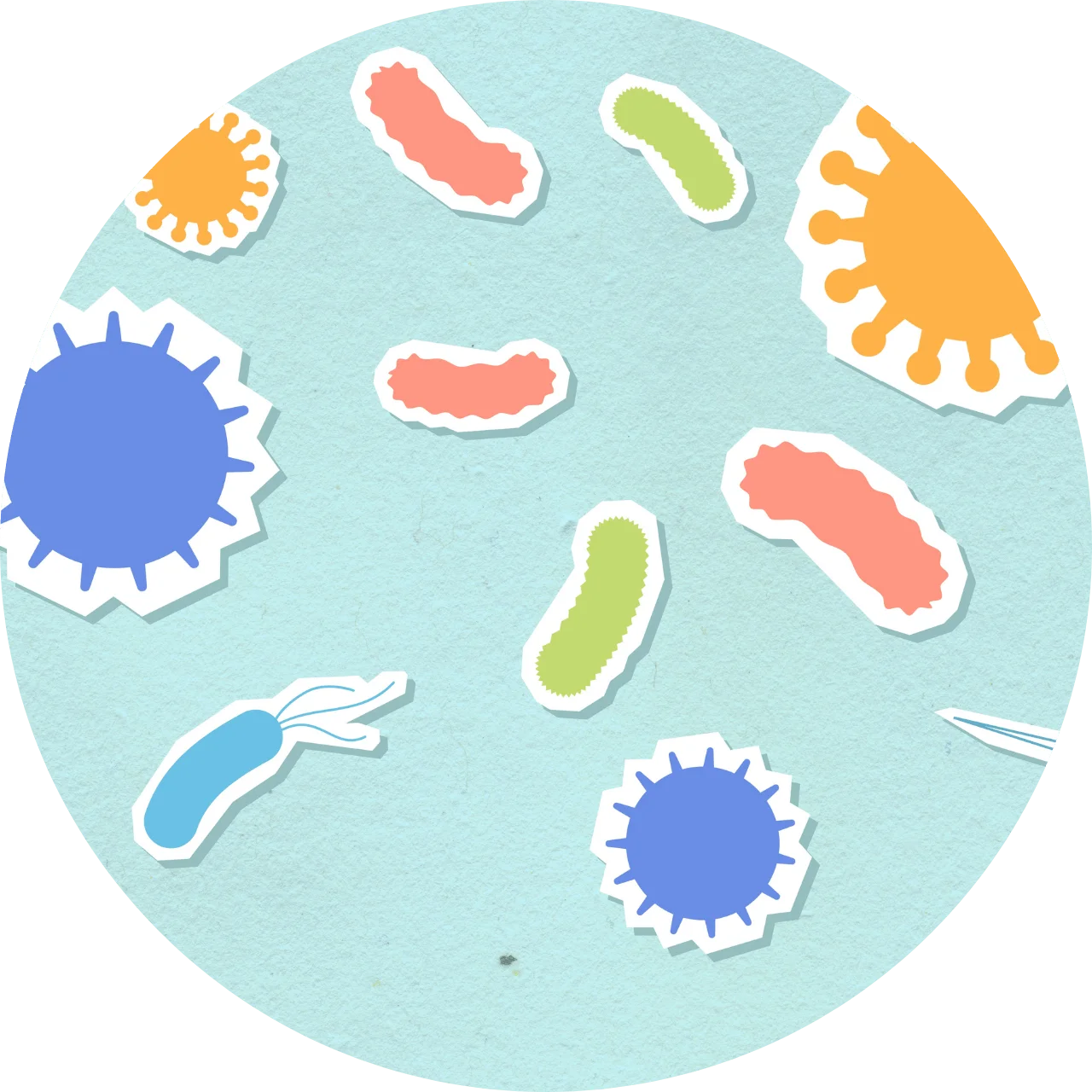
Preventing waterborne illness
Swimming pools, hot tubs, lakes and oceans can all harbor illness-causing parasites and bacteria. If you think your little one got sick from a recent trip to the pool or beach, try to keep him hydrated with electrolyte solutions like Pedialyte.
Postpartum & new baby tips
The last thing you need as a driver is a distraction — a frustrated, whiny baby who’s dropped his lovey (“Waaa!”) or a tot throwing toys in your direction.
So attach toys to your child’s car seat with plastic links or very short cords, or get one of those activity centers that are specifically designed for a car seat.
Soft toys are best too — if you have to stop short or have a fender bender, there’s less chance of them flying into your baby’s face and hurting him.
If you haven’t already, try introducing your baby to a cup this month. The keys to success, whether you’re switching from bottle, breast or both, are practice, patience and making it fun.
Letting your little one pick out his cup will make it feel special and give him a sense of independence and control. Show him two at a time (maybe one with handles and the other with a straw), and allow him to choose (or point to) his favorite.
And don’t underestimate the power of whimsical characters or magical gimmicks, like cups that change colors.
Now that he has more teeth, has your 10-month-old started to bite? Making a big deal out of a bite, by crying out in pain or sternly scolding him, may only encourage him to try again to see what you’ll do next.
The best response: a firm, no-nonsense, low-drama reminder of the rule (“no biting”) while you take him (and his choppers) away from the target. Then, offer him something appropriate he can bite on — a teething toy, pacifier or chilled washcloth — and tell him it’s okay to sink his pearly whites into that instead.
You probably do it dozens of times a day: Give your baby a cheer, a round of applause or a “You did it!” after he successfully reaches a toy or claps his hands.
And while it may seem a bit much to be bursting with pride over such small accomplishments, it’s really not. His new tricks are new to you, even if babies have been performing them since the dawn of time. And it’s your praise that builds his self-esteem, makes him want to try again and again, and helps him begin to believe in himself.
So provide plenty of opportunities for him to earn your words of praise. Give him age-appropriate toys that he can succeed with. If he’s working on grasping and reaching, put squeezable objects just far enough away that he needs to make an effort to get them.
Then sit back and let him try — don’t offer help unless he starts to get too frustrated. Acclaim that he actually earns is much more valuable than an empty “good job” from you. And specific words of encouragement mean more than general ones.
Commend him for his efforts (“You are really working to get that ball!”) and his performance (“You fit the yellow peg in the hole!”). Getting detailed about his accomplishments lets him know that you are really paying attention — and what baby doesn’t love being the center of attention?
Besides having more brain cells, your baby’s brain is wired differently at birth than an adult’s, which makes it harder for him to screen out stimulation.
While you automatically tune out most of the background “static” as you go about finishing your task — the dog barking next door, the coworker on the phone in the next cubicle, or even the way the carpet feels under your feet — your baby doesn’t yet have that ability.
That’s why little ones are constantly distracted by their surroundings — they’re so busy taking everything in that it’s hard for them to focus. They can also become overstimulated pretty quickly, which can lead to crankiness and crying.
If you want your baby to concentrate on the task at hand — like nursing or eating — take him to a quiet, dimly lit place.
If you’re considering getting a family pet, this may add to your case: They’re good for everyone’s health!
Experts say that children who grow up with pets are less likely to develop common allergies thanks to early exposure to certain germs, dirt and allergens. (Of course, some children are genuinely allergic to animals — so check on that before you take the plunge.)
And some research shows that pet owners tend to get sick less often — in fact, one study determined that children who lived with dogs were generally healthier during their first year of life, with fewer respiratory problems and less-frequent ear infections than kids without canines.
Another pro to pets? Brushing, patting or stroking a furry creature can lower stress levels — and that’s just as true for parents as it is for kids.
If your baby doesn’t have the patience to sit and look at books now, don’t worry. He’ll still enjoy playing with them — and in the process learn that pages turn.
So get sturdy board or cloth books that can withstand a lot of baby-handling, and let him chew, toss and mouth to his heart’s content. Pretty soon, he may sit still long enough to look at a picture or two with you.
The books that are best for babies have simple pictures of everyday objects, usually one to a page, that are bold and bright enough to capture his attention, even if it’s just for a minute or two.
Just don’t force it — you want him to love books as much as any other toy, not burn out on them by the time he’s a toddler.
መግዛት ያለባቹ ነገሮች
-
 Reverse Withdrawal Payment">
Reverse Withdrawal Payment">
-
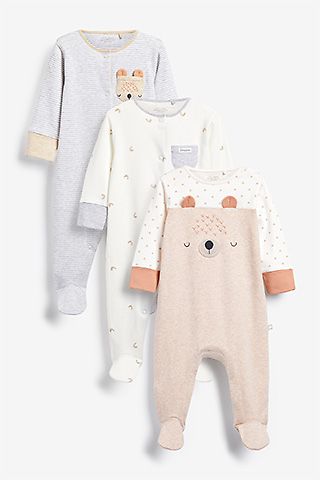 Onesies">
Onesies">
-
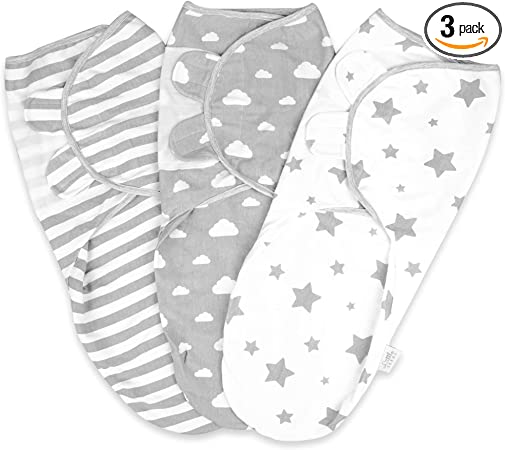 Swaddle">
Swaddle">
-
 Baby bottle">
Baby bottle">
-
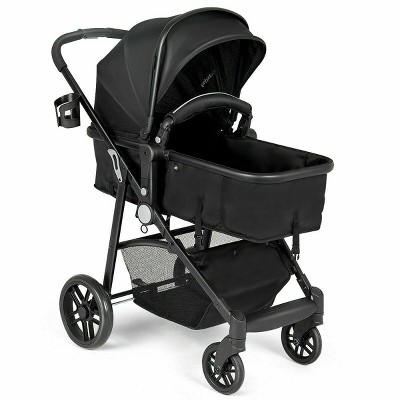 Stroller">
Stroller">
-
 Voyage Yoga Bag">
Voyage Yoga Bag">
-
 Impulse Duffle">
Impulse Duffle">
-
 Fusion Backpack">
Fusion Backpack">
-
 Rival Field Messenger">
Rival Field Messenger">
-
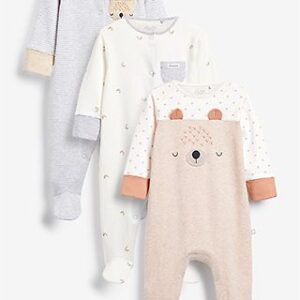
Onesies
Br50.00Add to WishlistAdd to cartAdd to Wishlist -
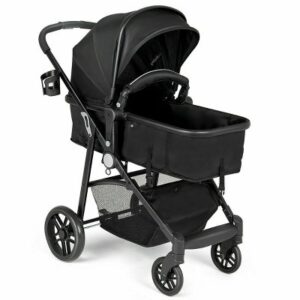
Stroller
Br32.00Add to WishlistAdd to cartAdd to Wishlist -
Sale!

Baby bottle
Br25.00 – Br30.00Add to WishlistSelect options This product has multiple variants. The options may be chosen on the product pageAdd to Wishlist


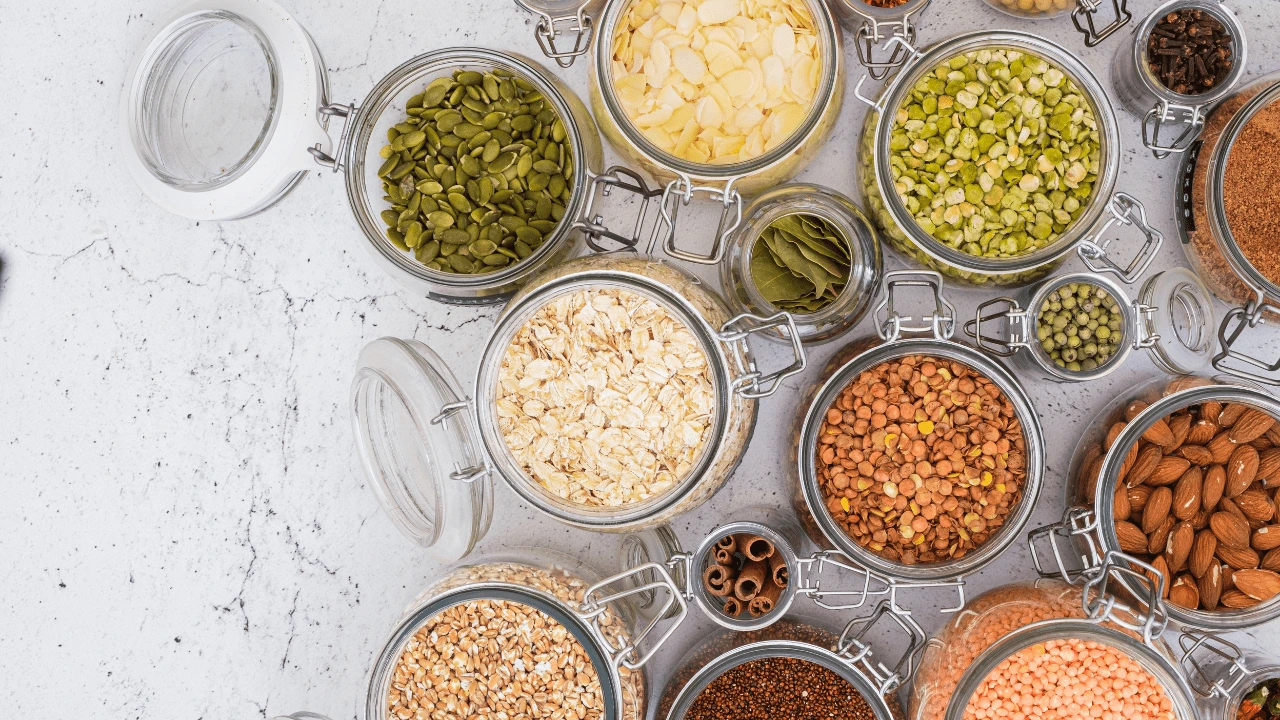
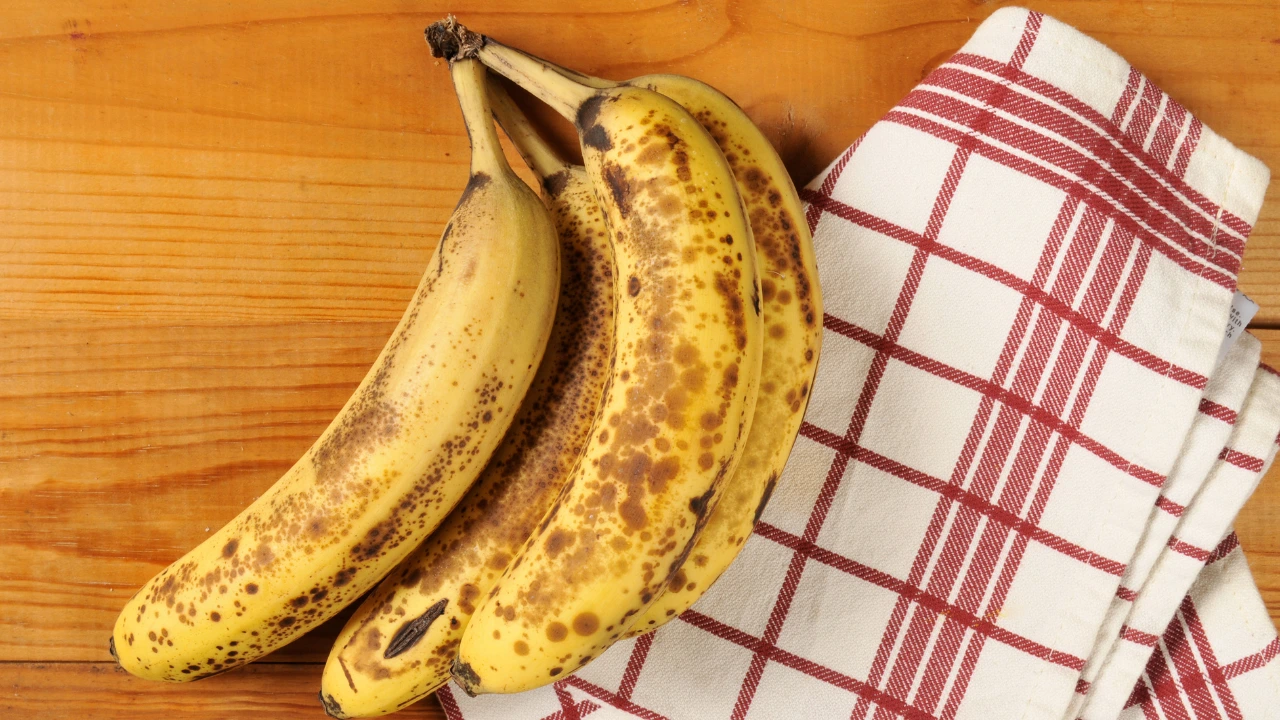
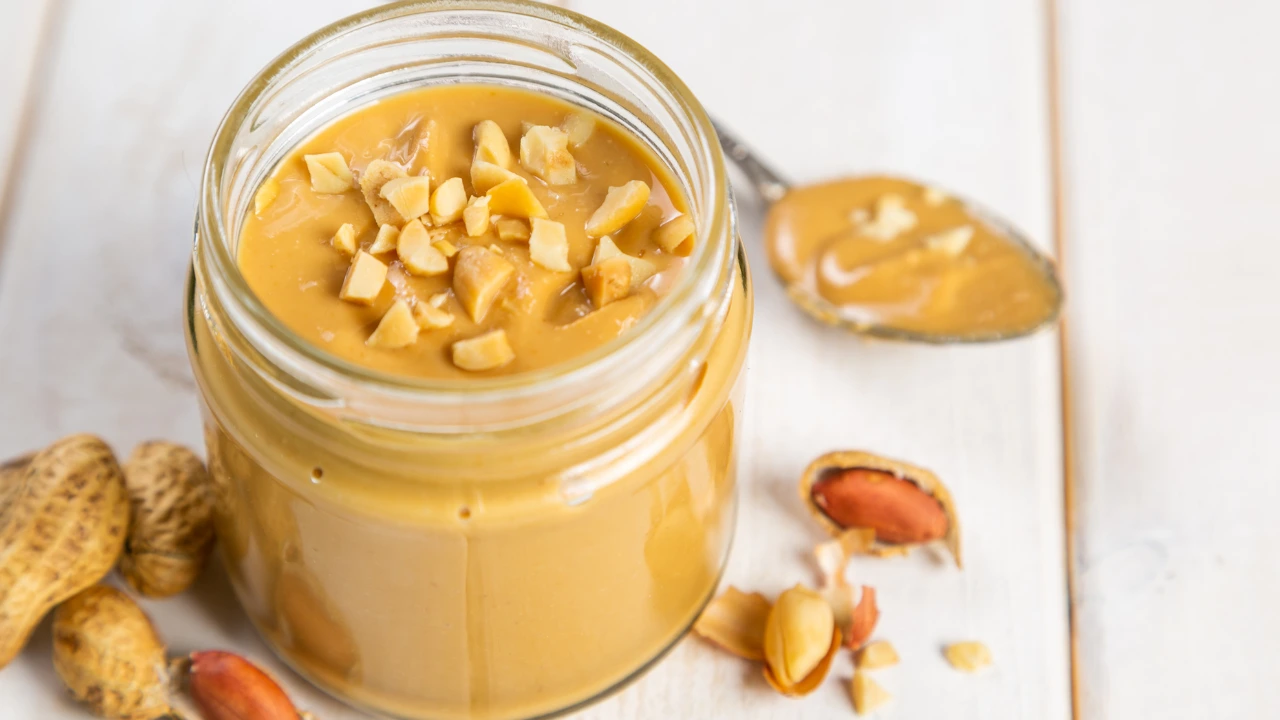
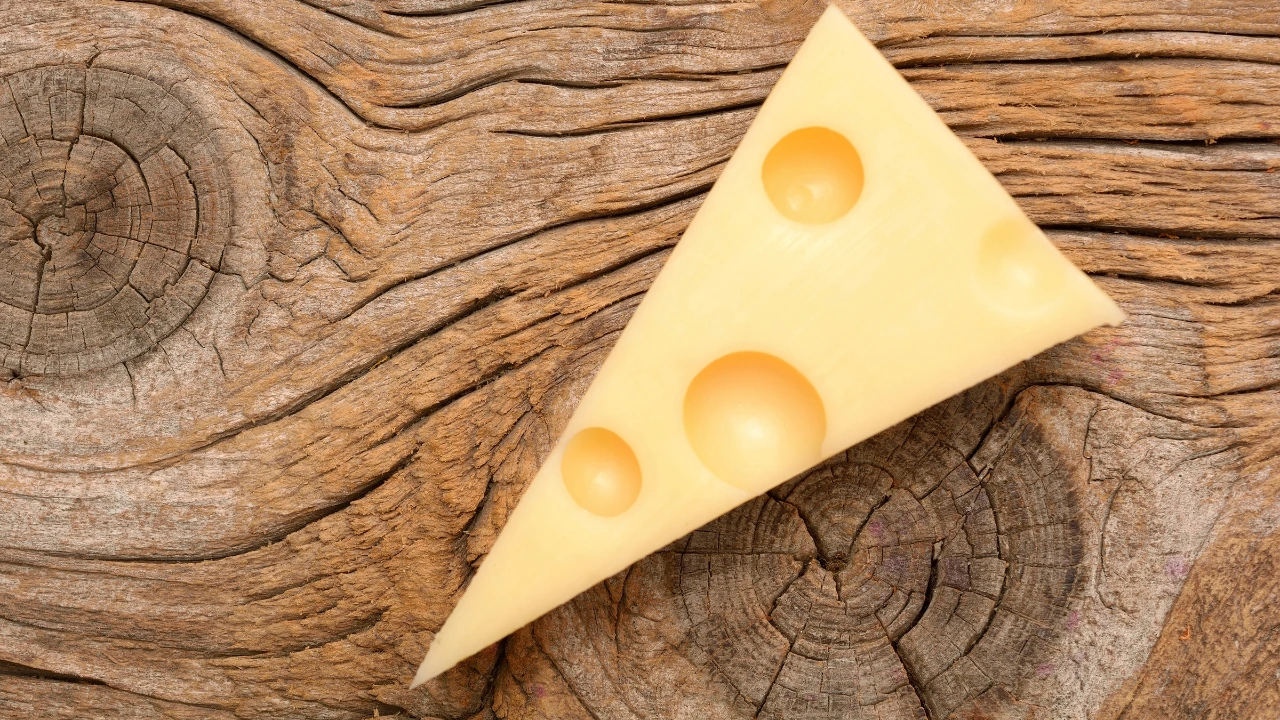
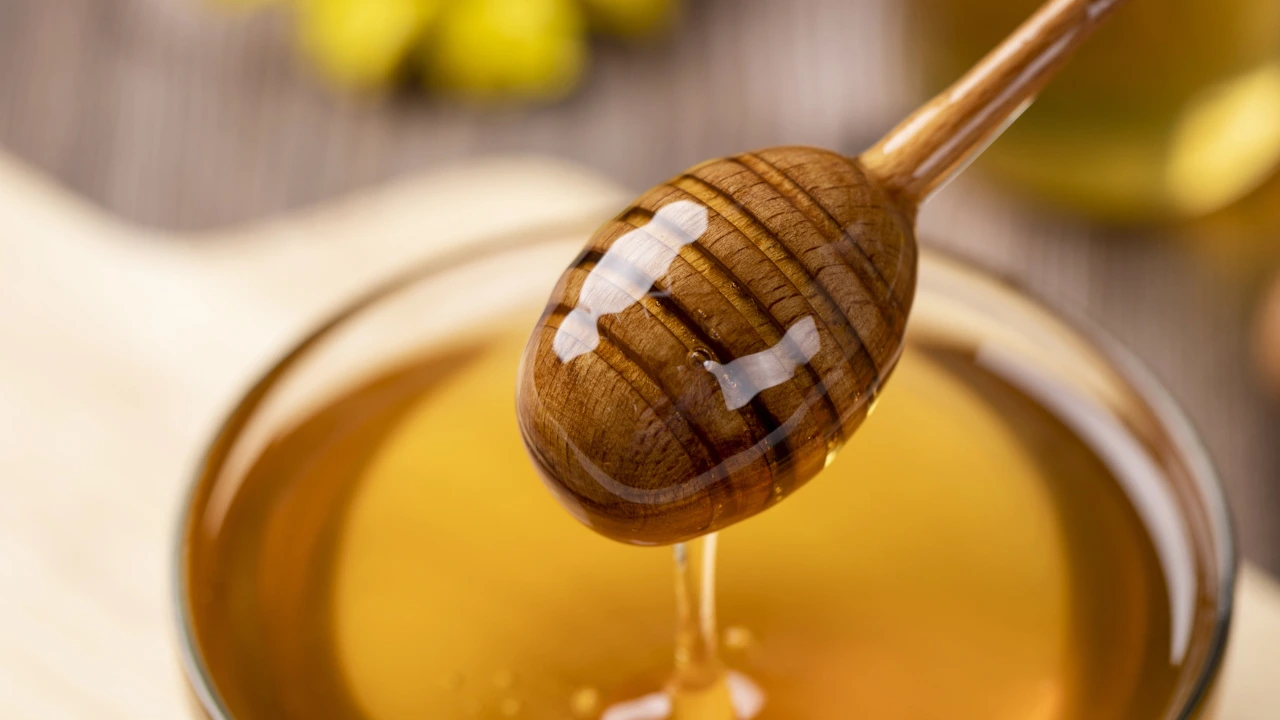
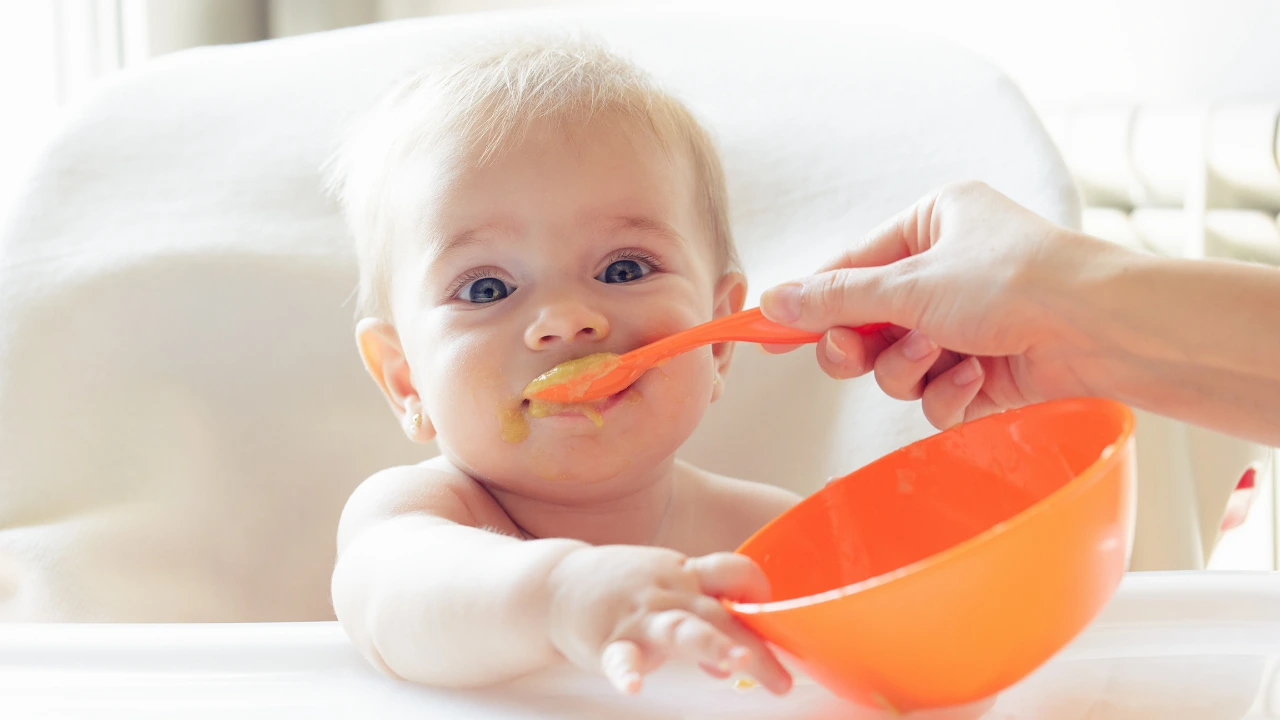




Add a Comment